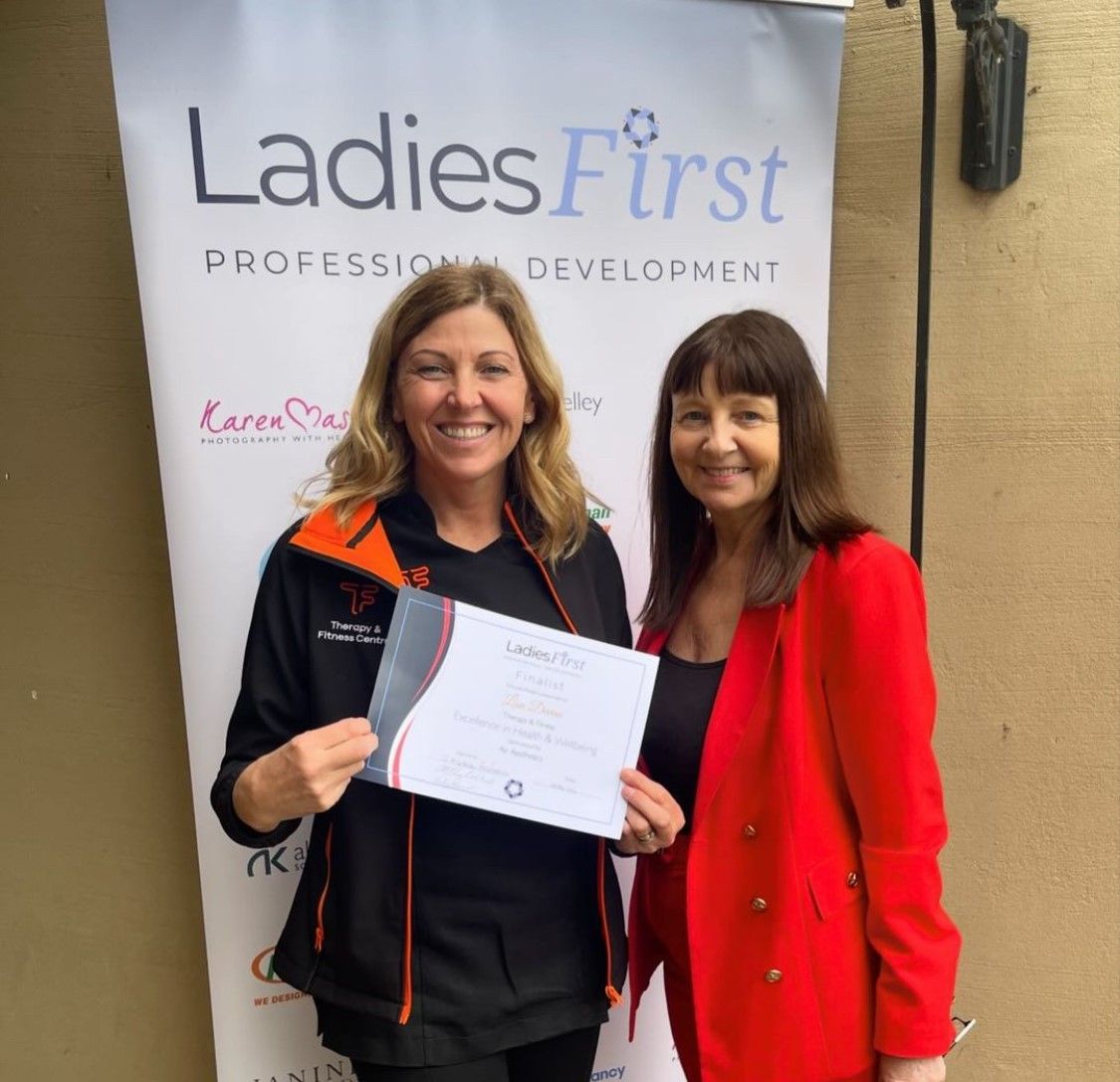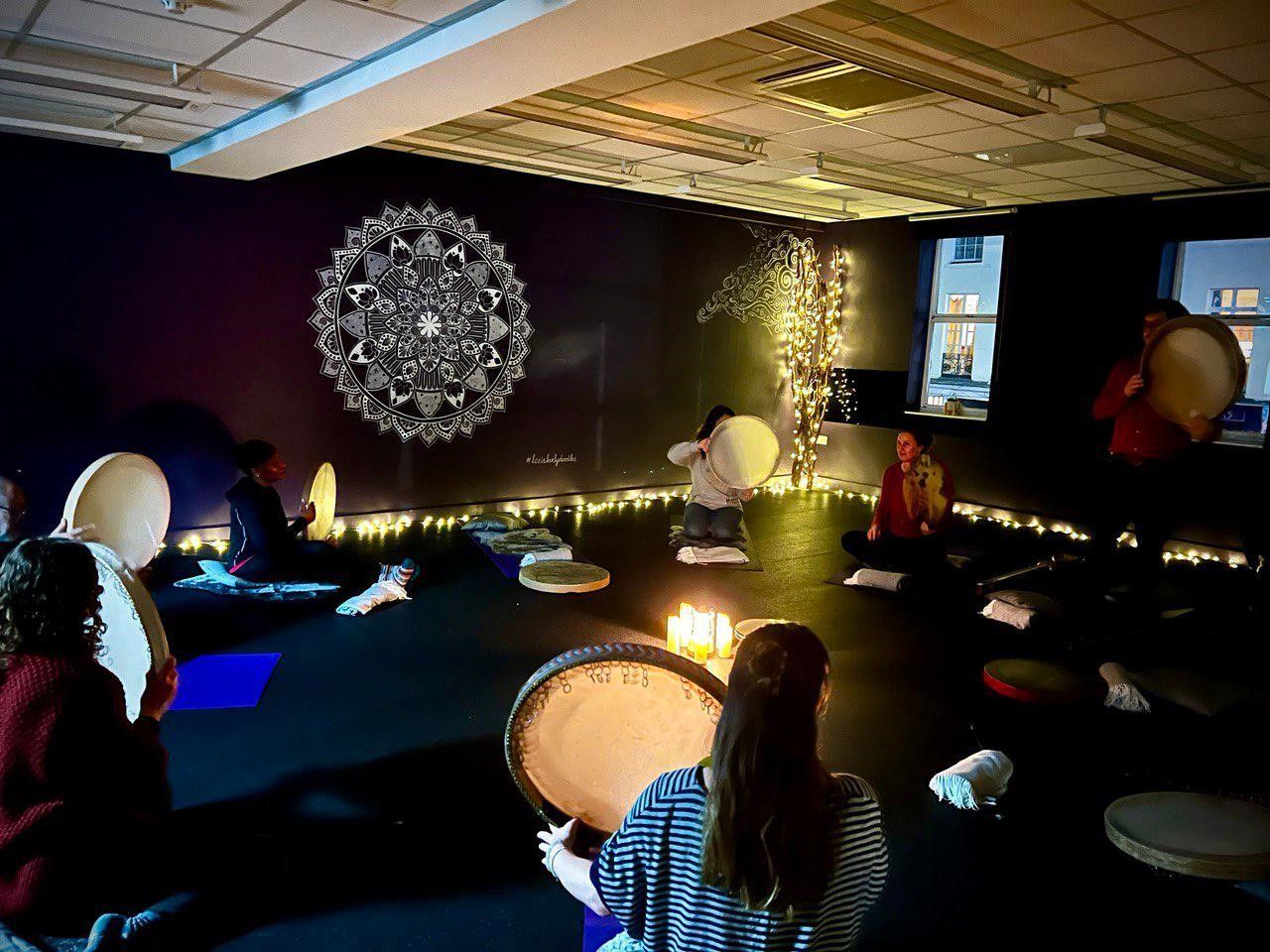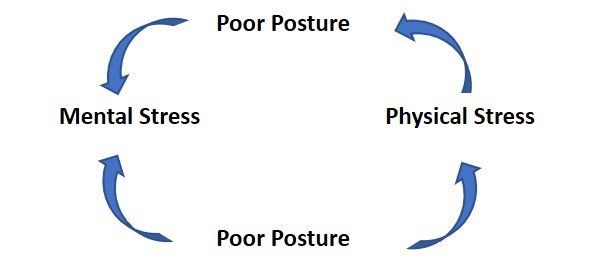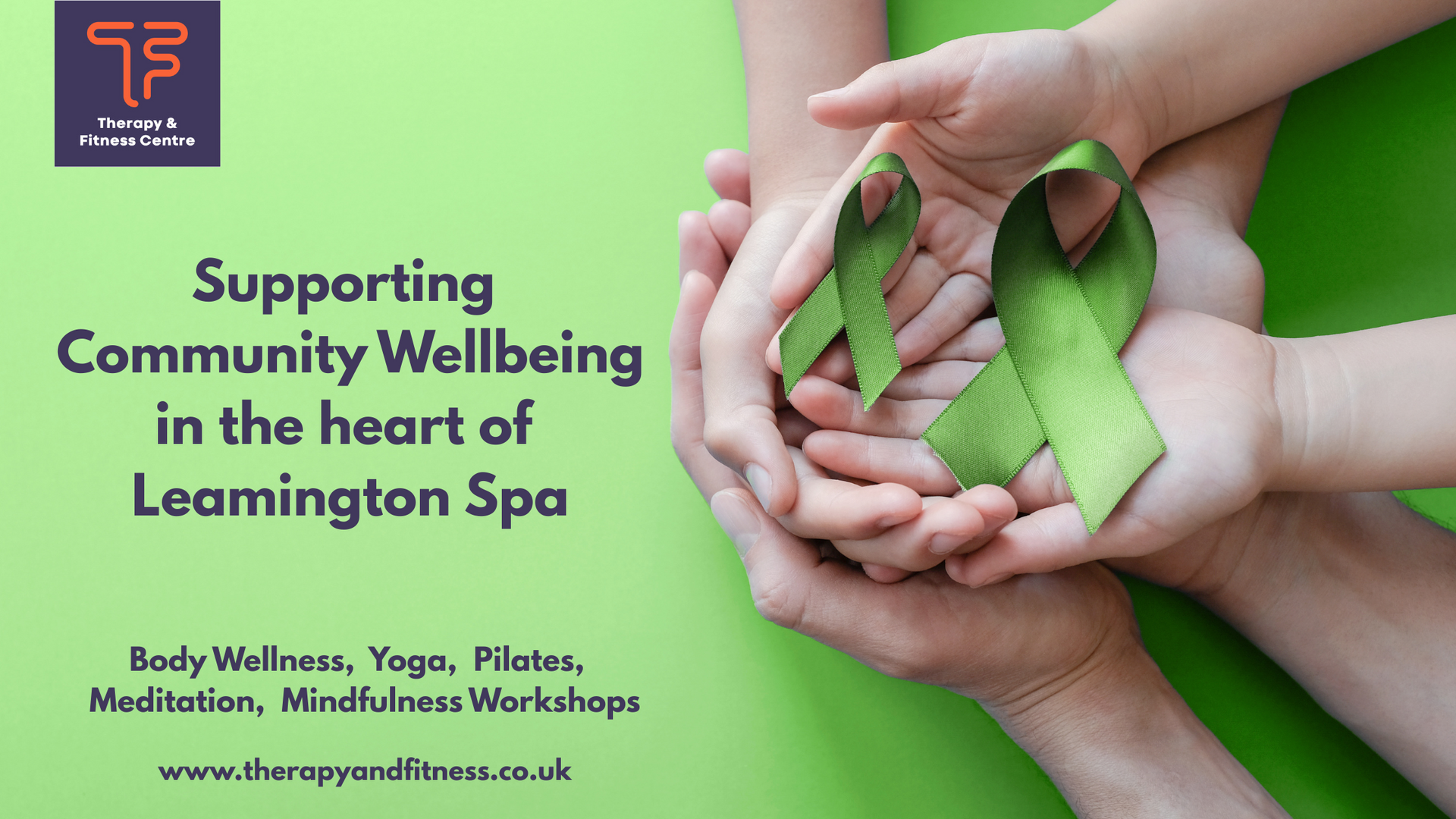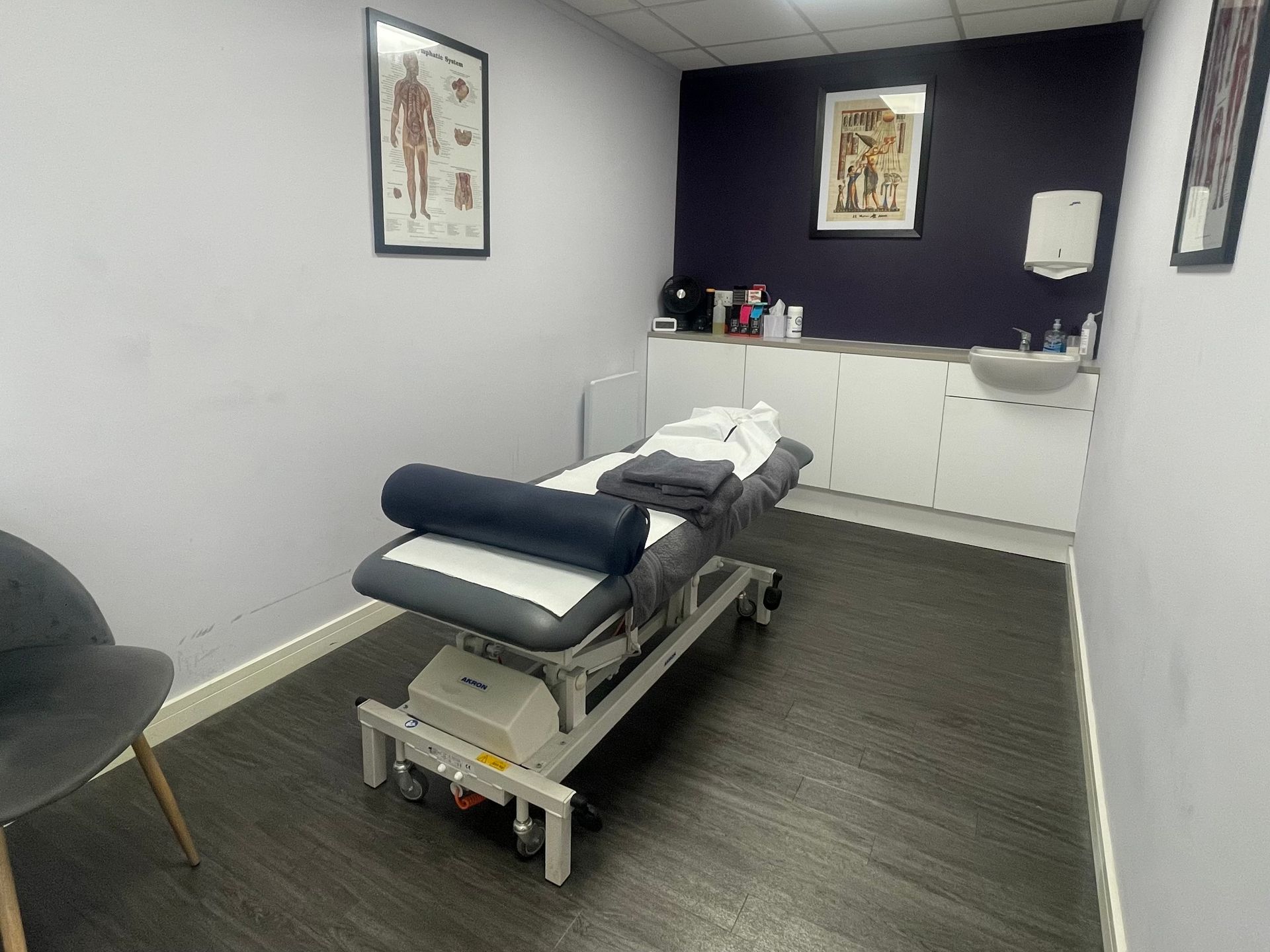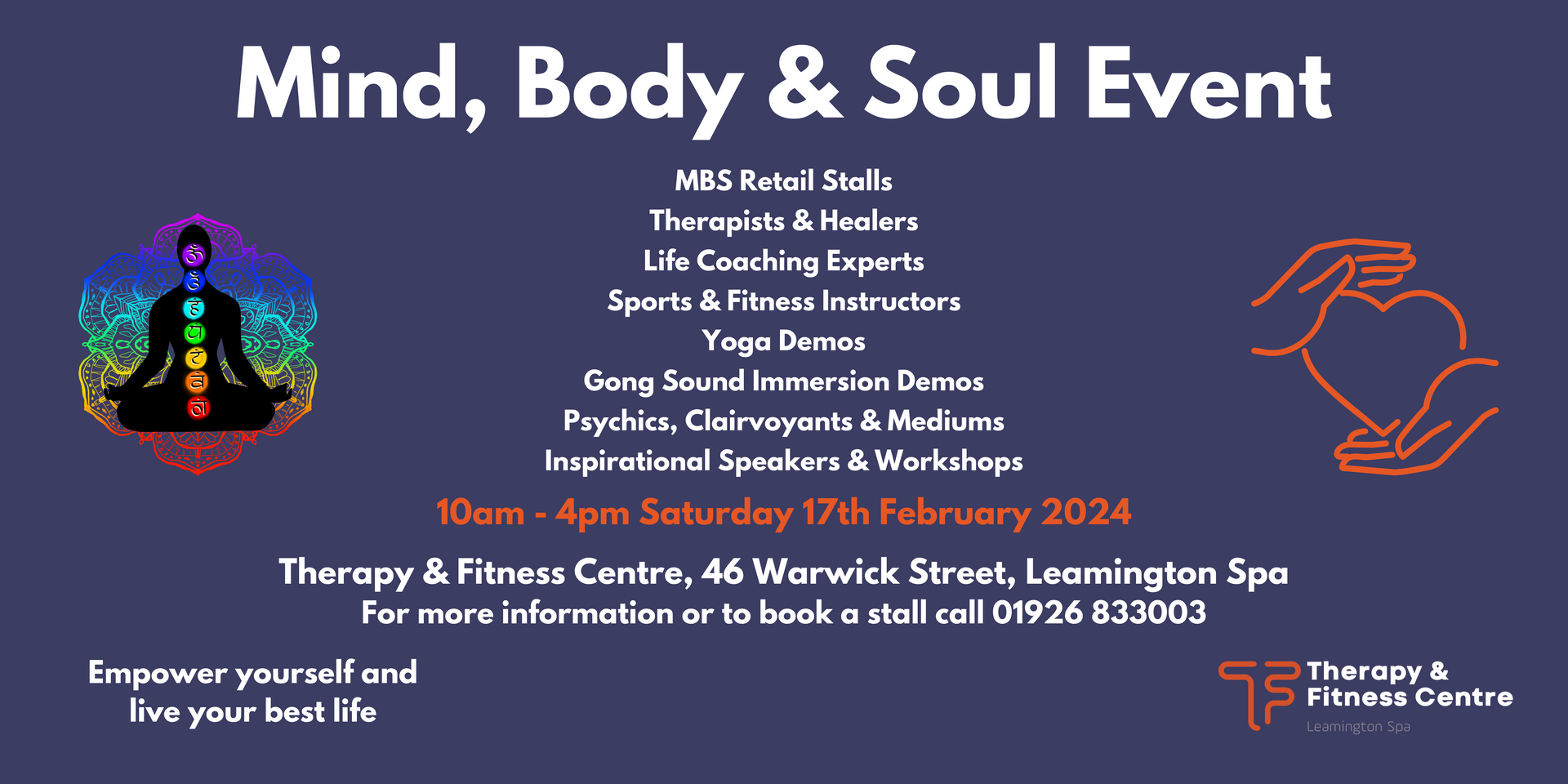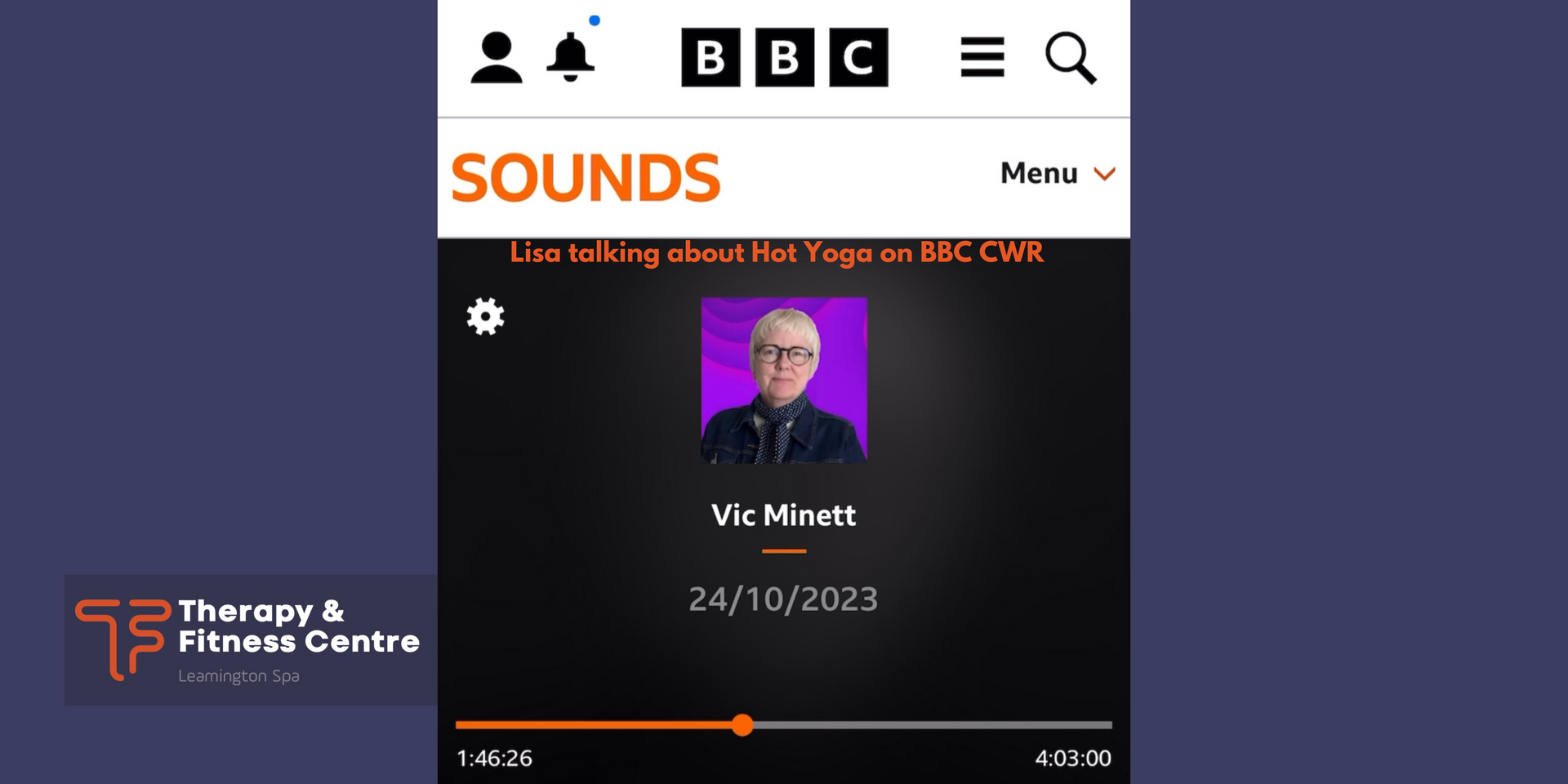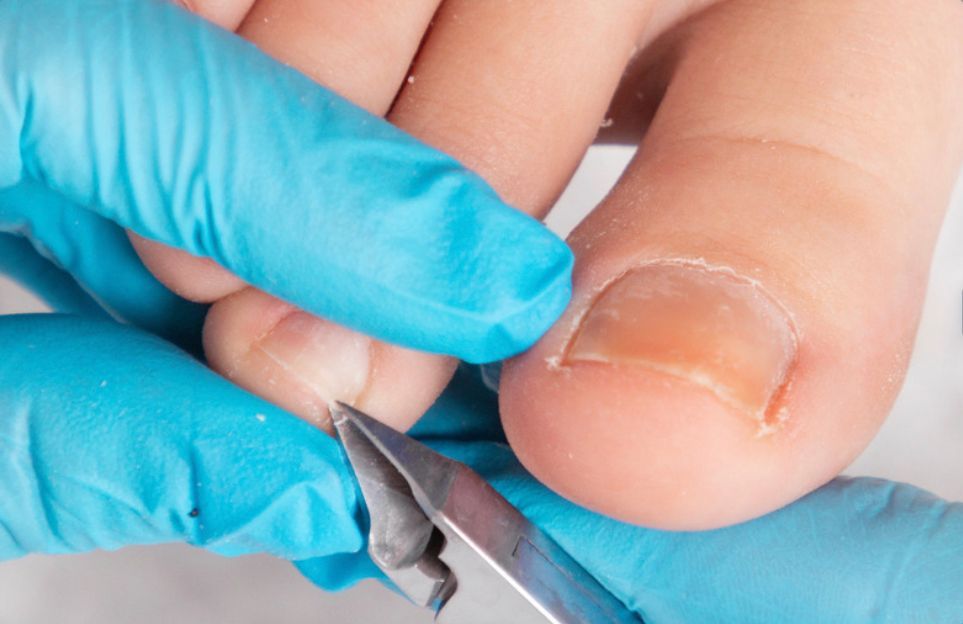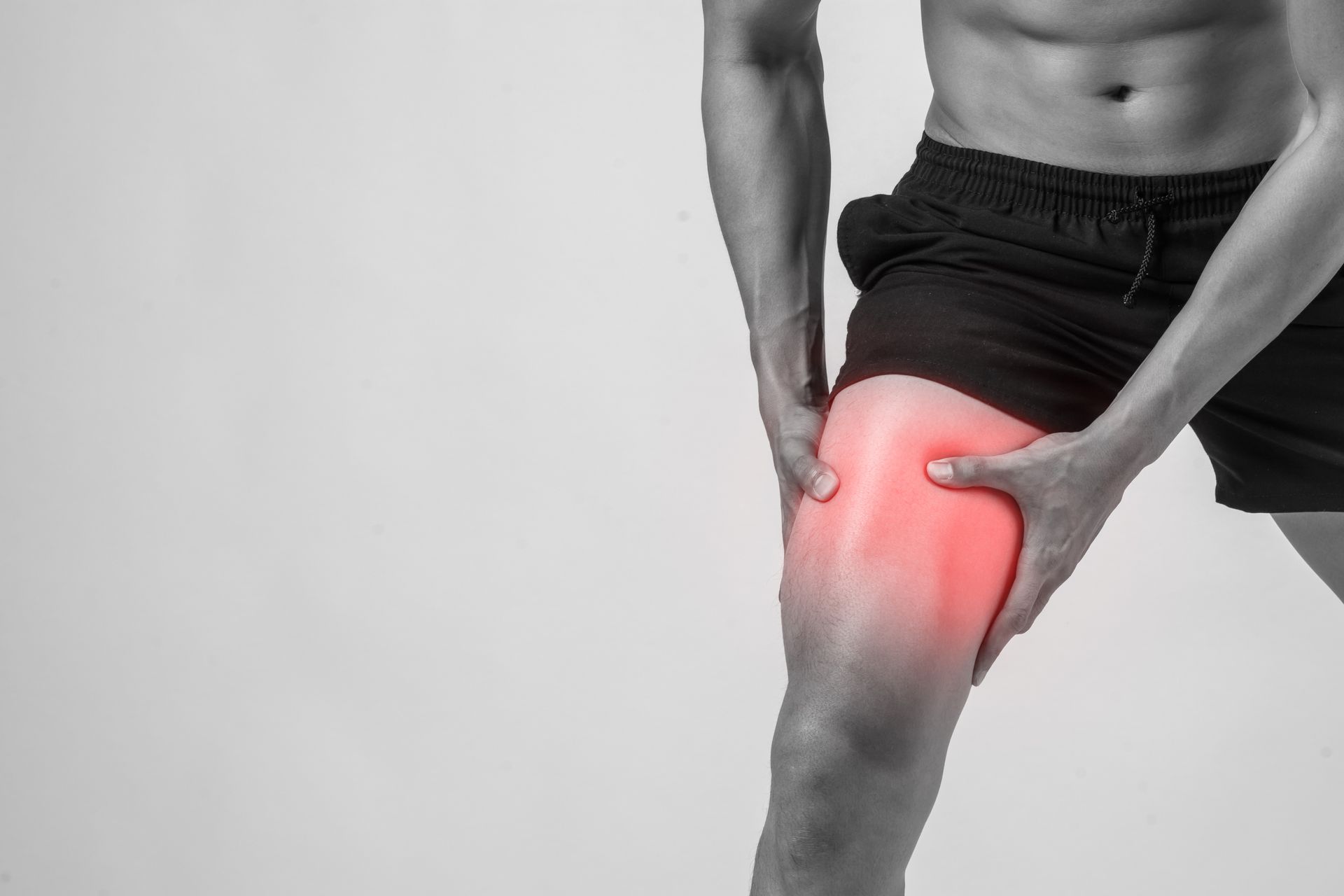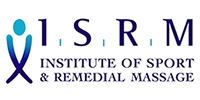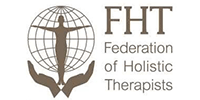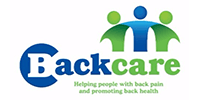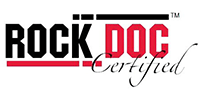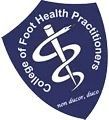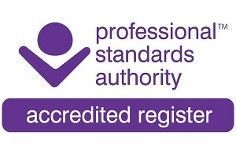Has lockdown been unkind to your back?
Do you regularly check your posture?
Poor posture can lead to...
- Back pain
- Headaches
- Migraines
- Intermittent nerve pain (numbness, tingling) in the arm and fingers
- Pain between the shoulders blades and spine
- Pain from the top of the shoulder blade into the base of the head
- Pain along the length of the spine especially when touching chin to chest
Getting into the habit of checking your posture throughout the day can help with developing your new one
- Sit on your sitting bones. This will tilt the top of your pelvis slightly forward bringing the shoulders and head back and engage the core muscles
- Make sure your ears are in line with your shoulders. This will take pressure off the neck. For every inch where your head moves forward from the shoulders, the weight of the head increases by at least 10 pounds. (The head is as heavy as a bowling ball.)
- Keep your shoulders down and back. This will prevent tension in the upper back, which can creep up into the neck and cause headaches.
- Sit tall. This helps create space between the vertebra of the spine allowing movement without restriction and helps to strengthen the muscles of the spine and core
- When sat at your workstation support your arms on the desk and keep elbows, hips, knees and ankles between 110 and 90 degrees
When standing
- Keep your feet flat on the floor so your weight is equally distributed through your body
- Make sure your ears, shoulders, hips and ankles are in line. This will keep you balanced and your posture will feel effortless.
- Keep your shoulders down and back. If they are then they’re not causing tension to build up in the upper back and neck.
- Stand tall. This helps create space between the vertebra of the spine allowing movement without restriction and helps to strengthen the muscles of the spine and core
'Remember muscle has memory, the more times you correct your posture the more chance of it staying corrected’, is something I always say to my clients. Client A came to see me with chronic pain in her upper back which she’d endured for months, thinking it would go away. Migraines on a daily basis, discomfort in her neck which prevented her from sleeping and intermittent pain down her arms and into her fingers which occasionally were numb. Her GP had referred her to a consultant for repetitive strain injury. She was in a high powered job sat at a desk all day and she was finding it difficult to concentrate. Her productivity had reduced and she was afraid of not reaching her targets. More to the point afraid of not providing for her family. Her poor posture was causing physical stress and all she could focus on was the pain which then caused her mental stress. Her high workload was causing mental stress and because she was sitting for long periods of time this was then causing her physical stress. Her back was so painful to touch that the first session was just to introduce her muscles to the changes they were about to go through.
With an exercise plan in place and advice on how to set up her workstation she noticed a big difference after just one treatment. Still a long way to go we went on a journey together to eliminate the pain, even the numbness in her fingers (as it wasn’t a repetitive strain injury). Exercises were given to realign and strengthen her posture and I educated her on the things she could do to help herself. Within a short period of time we had eliminated all of her symptoms and she was back enjoying her work and family life again pain free.
5 Top tips to beat back pain
- Remember to ask yourself throughout the day ‘How am I sitting/standing?’ And run through the checklist of ears, shoulders, hips and ankles
- Sit on your sitting bones and engage your core muscles
- Put a post-it note on your PC/laptop/dashboard to remind you of your posture
- Rebalance with yoga or pilates it will stretch and strengthen your muscles
- Have regular maintenance massage
"After years of back pain, and seeing lots of different specialists from chiropractors, acupuncturists and physiotherapists, who haven’t been able to relieve me of my aches and pains, Lisa has been working her magic on me for the last 4 weeks and my pain has greatly reduced from the first session. I feel very confident in Lisa's skills and I'm very grateful we crossed paths. If you suffer with back pain, I highly recommend a visit to
The Leamington Therapy Centre."
Liz Wood
“I am a weight lifter and have regular massage for sports performance and shoulder pain with James. He is very knowledgeable and has helped to relieve the tightness and pain around my shoulder so I can continue training. He can tailor the firmness of the therapy, I often find that I don’t get enough firmness with a sports massage but James did it perfectly.”
Paula Highland
“I’ve had an Achilles problem most of my life but in the last ten years it has been pretty bad. Being a self employed dance and fitness instructor, I have not been able to rest. I went to see Gemma and after only one session my Achilles feels so much better. There’s more work to do as she has ten years of damage to sort out, but I’m feeling optimistic and looking forward to carrying out my job injury and pain free, great service!”
Alison Fields
Lisa Moore, No 1 Back Pain practitioner in Warwickshire.
Lisa has been successfully treating back pain since 2001 with clients from all over the UK. Delivering more than 100 lectures to companies and associations. Lisa has won the Leamington Business Awards for Customer Excellence and was Runner Up in the best small business category. She held the contract to provide sports massage to the WWE wrestlers when touring the UK and provides massage at corporate and sporting events nationwide.
Lisa gets people moving again pain free. Are you interested in transforming your body so you can live your life again? If so contact Lisa.
www.leamingtontherapycentre.co.uk
lisa@leamingtontherapycentre.co.uk
01926 833003
The Leamington Therapy Centre has been open since March 2010. In 2019 they won the Leamington Business Awards for Customer Excellence and was Runner Up in the best small business category. Lisa held the contract to provide sports massage to the WWE wrestlers when touring the UK and provides massage at corporate and sporting events nationwide. James is a Soft Tissue Therapist and First Aider for Broad Street Rugby Club. Gemma is a Sports Therapist for the Chorley School of Dance. All three Therapists are available for Sporting Events and Conferences.
The Leamington Therapy Centre sponsors the Leamington Lawn Tennis and Squash Club.
To book now please click HERE
